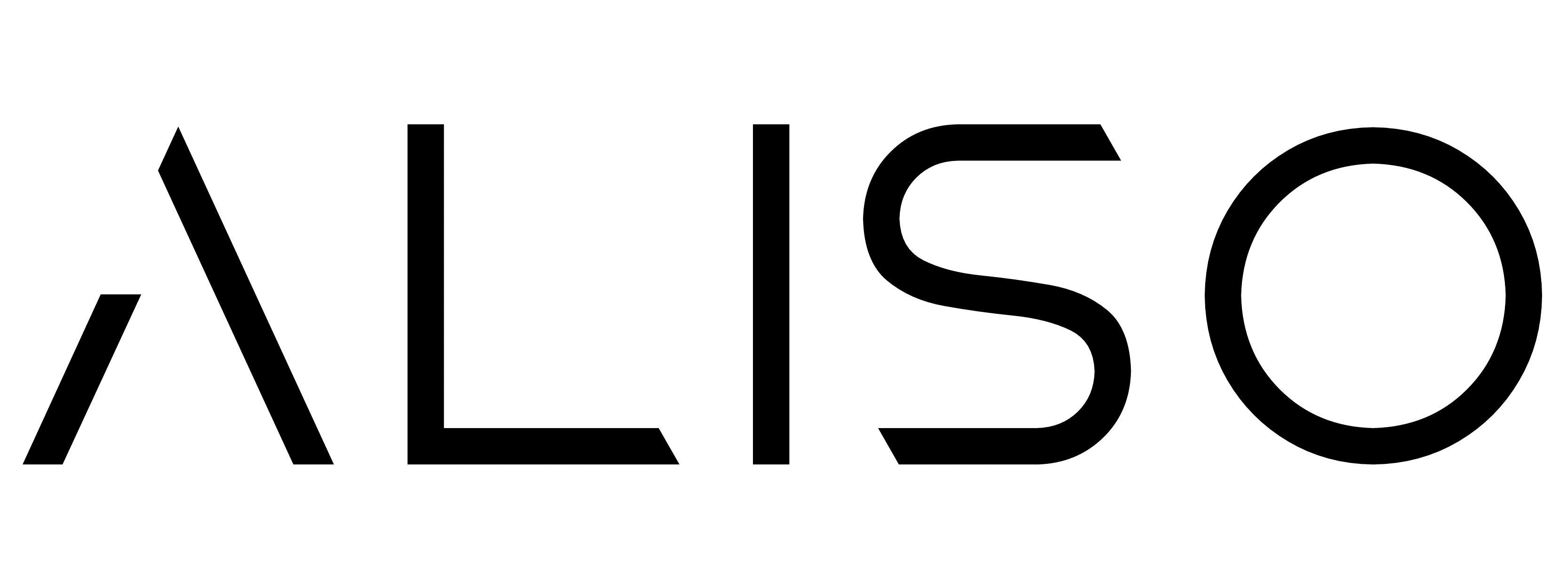In business analysis, it’s not just about gathering requirements.
It’s about asking the right questions, identifying the right problems, and choosing the right tools to unpack complex situations.
That’s where business analysis techniques come in.
Over the years, I’ve worked on digital transformation projects, compliance rollouts, and system upgrades—what’s helped me most is knowing which analysis method to use and when.
Here are 🔟 tried-and-tested business analysis techniques every pro should master—plus how I use them in real projects.
👥 1. Stakeholder Analysis
Every project starts with people.
Before I run a single workshop, I map stakeholders by influence and interest.
How I use it:
I create a stakeholder matrix—who’s high influence and high interest? Who needs to be consulted vs just informed?
This helps me plan my engagement and avoid surprises mid-project.
🧭 2. SWOT Analysis
Simple but powerful.
I use this when helping a business make strategic decisions.
How I use it:
During early discovery, I ask business leads to outline current strengths, weaknesses, opportunities, and threats.
It gets teams thinking long-term—and often reveals risks or blockers early.
🪜 3. Root Cause Analysis (5 Whys)
When a process breaks or a system fails, symptoms are everywhere.
This technique gets to the actual problem.
How I use it:
During issue mapping sessions, I ask “why” five times.
Why did the form fail?
Why wasn’t the field mandatory?
Why was there no validation?
This stops the team from building a solution for the wrong issue.
🗺️ 4. Process Mapping
My go-to technique.
Helps everyone see how a process really works—not just how it’s described.
How I use it:
I run mapping sessions using Miro or Visio, walking through the steps live with users.
I capture the as-is, then design the to-be with key improvements built in.
🧾 5. Use Case Modelling
Especially useful in system-focused projects.
Use cases help define interactions clearly and structure requirements.
How I use it:
For a self-service portal project, I created use cases like “Submit new application” or “Request password reset.”
Each one had actors, steps, alternate flows, and exceptions—making it easy for devs and testers to follow.
🗃️ 6. MoSCoW Prioritisation
Not everything can be done at once.
MoSCoW helps break down requirements into: Must Have, Should Have, Could Have, and Won’t Have (for now).
How I use it:
During requirement reviews, I align each item with business value and project constraints.
This avoids scope creep and keeps delivery focused.
👥 7. RACI Matrix
Clarifies who’s responsible, accountable, consulted, and informed.
Great for multi-team projects where things fall through the cracks.
How I use it:
When redesigning a service desk process, I mapped out roles for every step.
Helped reduce confusion and made handovers smoother.
🧩 8. Gap Analysis
Helps you compare the current state to the desired future state—and highlight what’s missing.
How I use it:
I build a gap table after mapping both processes.
It lists what the old system does, what the new one should do, and any gaps in functionality, roles, or tools.
🧑⚖️ 9. Business Rules Analysis
Many projects fail because no one has written down the rules the business actually runs on.
How I use it:
I extract rules from workshops or existing policies: e.g. “Only users over 18 can apply,” “All payments over $10,000 require two approvals.”
I then link them directly to functional requirements or system logic.
📝 10. Scenario and User Story Writing
Helps bridge business speak and dev language.
How I use it:
For each key process or feature, I write a user story from the user’s perspective:
“As a customer, I want to update my profile so that my contact details are correct.”
Then I layer in acceptance criteria so testing is aligned.
✅ Final Thoughts
You don’t need to use every technique on every project.
But knowing how and when to apply the right one can save time, avoid rework, and drive better outcomes.
The most effective business analysts I know are flexible.
They adapt to the project, the team, and the tools available.
These 🔟 techniques have helped me clarify scope, reduce risk, and deliver real business value—every time.






